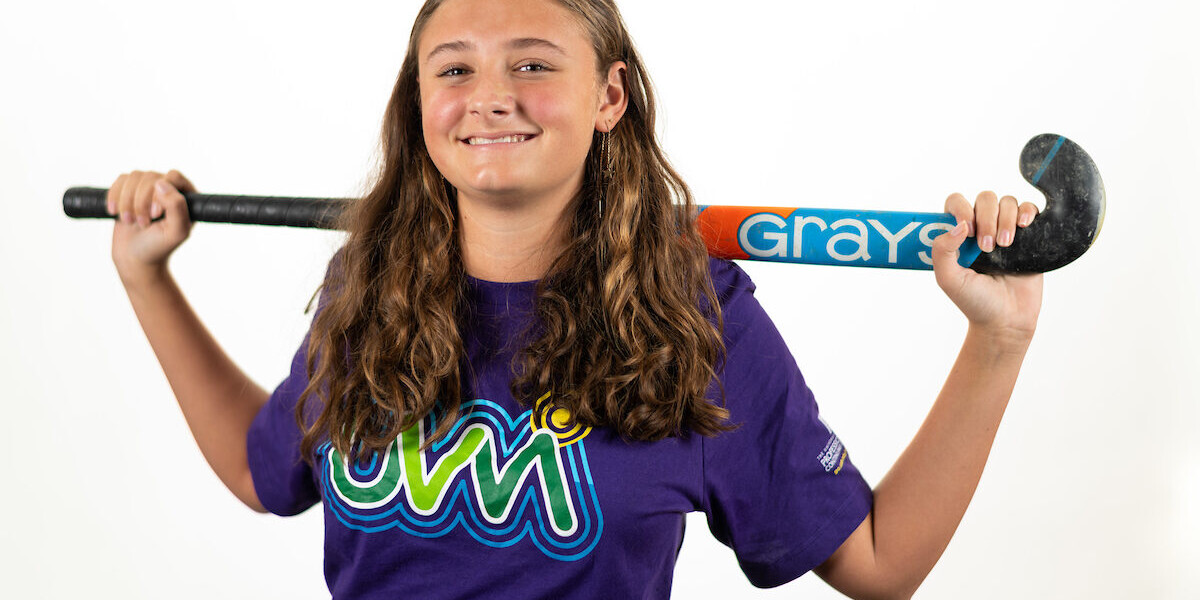Offering opportunities for high school students to earn college credit can produce valuable longer-term benefits in college, especially for lower-income students.
D. Derek Wu of Ithaka S+R, a not-for-profit service in New York that helps the academic community navigate economic and technological change, writes that as college costs rise and student success rates stagnate, states and institutions of higher education have grappled with creative ways to improve student outcomes—particularly for those who are traditionally underserved. Policymakers have increasingly turned to programs like dual enrollment that allow students to earn college credit while in high school.
In Vermont, dual enrollment—and precollege programs offered at many Vermont colleges, including the University of Vermont and Community College of Vermont—can help open the door for Vermont high school students who might not otherwise consider college as an option.
Under the $1.2 million Vermont Dual Enrollment program, high school students can enroll in classes at Vermont colleges. Students can take up to two, 4-credit courses free as a junior or senior, usually at night or over the summer, and they receive credit from their high school and the college.
Student participation in the Vermont Dual Enrollment program has been going up since the Legislature established the program as part of the Flexible Pathways Bill in 2013, and nearly 1,300 Vermont students participated in 2014.
Overseen by the Vermont Agency of Education, Vermont’s Dual Enrollment Program introduces college-level work to high school students and gives them a head start on college. The dual enrollment program is open to Vermont high school students who attend public schools.
Dual Enrollment – and precollege programs offered at many Vermont colleges, including the University of Vermont and Community College of Vermont – can help open the door for Vermont high school students who might not otherwise consider college as an option.
Under the $1.2 million Dual Enrollment program, high school students can enroll in classes at Vermont colleges. Students can take up to two, 4-credit courses free as a junior or senior, usually at night or over the summer, and they receive credit from their high school and the college.
Student participation in the Dual Enrollment program has been going up since the Legislature established the program as part of the Flexible Pathways Bill in 2013, and nearly 1,300 Vermont students participated in 2014.
Overseen by the Vermont Agency of Education, Vermont’s Dual Enrollment Program introduces college-level work to high school students and gives them a head start on college. The Dual Enrollment program is open to Vermont high school students who attend public schools.
– See more at: //learn.uvm.edu/blog-education/about-dual-enrollment-program#sthash.yQxzhNqg.dpuf
Dual Enrollment – and precollege programs offered at many Vermont colleges, including the University of Vermont and Community College of Vermont – can help open the door for Vermont high school students who might not otherwise consider college as an option.
Under the $1.2 million Dual Enrollment program, high school students can enroll in classes at Vermont colleges. Students can take up to two, 4-credit courses free as a junior or senior, usually at night or over the summer, and they receive credit from their high school and the college.
Student participation in the Dual Enrollment program has been going up since the Legislature established the program as part of the Flexible Pathways Bill in 2013, and nearly 1,300 Vermont students participated in 2014.
Overseen by the Vermont Agency of Education, Vermont’s Dual Enrollment Program introduces college-level work to high school students and gives them a head start on college. The Dual Enrollment program is open to Vermont high school students who attend public schools.
– See more at: https://learn.uvm.edu/blog-education/about-dual-enrollment-program#sthash.yQxzhNqg.dpuf
When it comes to dual enrollment programs in the United States, Wu writes:
In theory, dual enrollment programs (along with programs like Advanced Placement and International Baccalaureate) benefit students in at least two crucial ways. First, by getting college credits out of the way inexpensively (and often for free), students enter college needing to earn fewer credits in order to graduate on time. Second, the exposure to more difficult coursework in a post-secondary-type setting may better prepare students mentally for the rigors of college-level coursework. These benefits may be particularly rewarding for low-income students, who finish college at significantly lower rates than their higher-income counterparts.
These ideas are buttressed by findings from rigorous empirical research. Brian An of the University of Iowa has found that dual enrollment programs significantly improve college degree attainment rates for low-income students, even after controlling for factors like economic and demographic background, family structure, academic standing and aspirations, and neighborhood characteristics. Researchers from AIR, evaluating the Gates Foundation’s Early College High School Initiative (which allows underserved students to earn up to 2 years of college credit in high school at little to no cost), found that participants were 20 percentage points more likely to earn a college degree than non-participants.’
Read Wu’s full post, Earning College Credit Before College: A Worthwhile Investment




